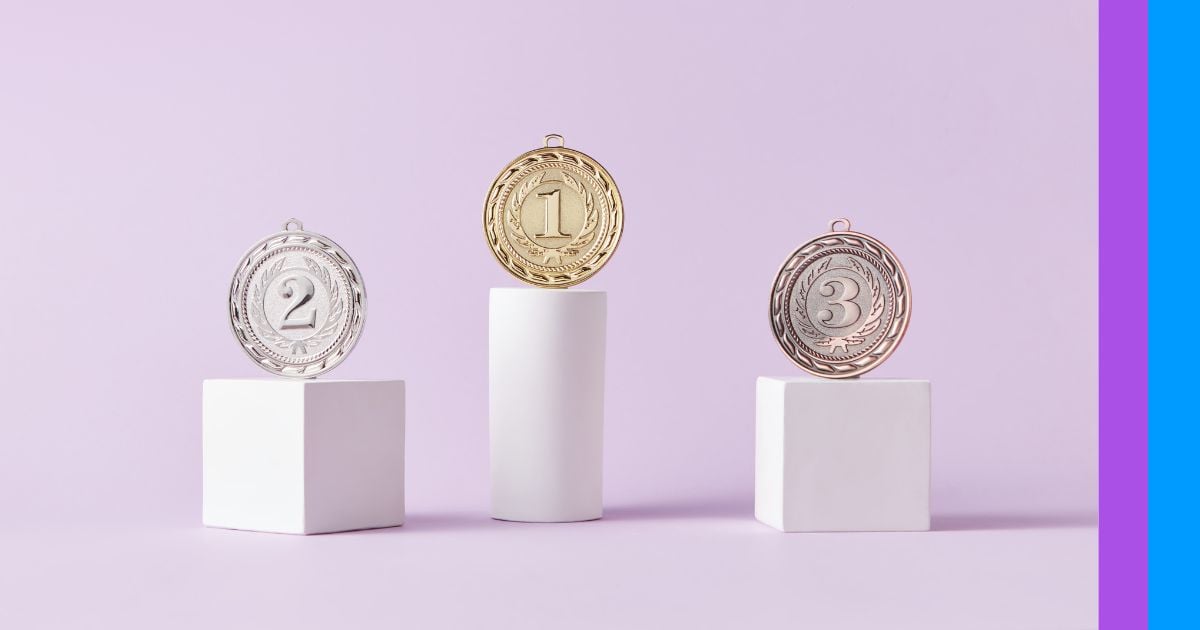Those new to SEO might be wondering what all the hullabaloo is about follow links vs. no follow links. Confused? Not to worry, we’re going to clear it all up.
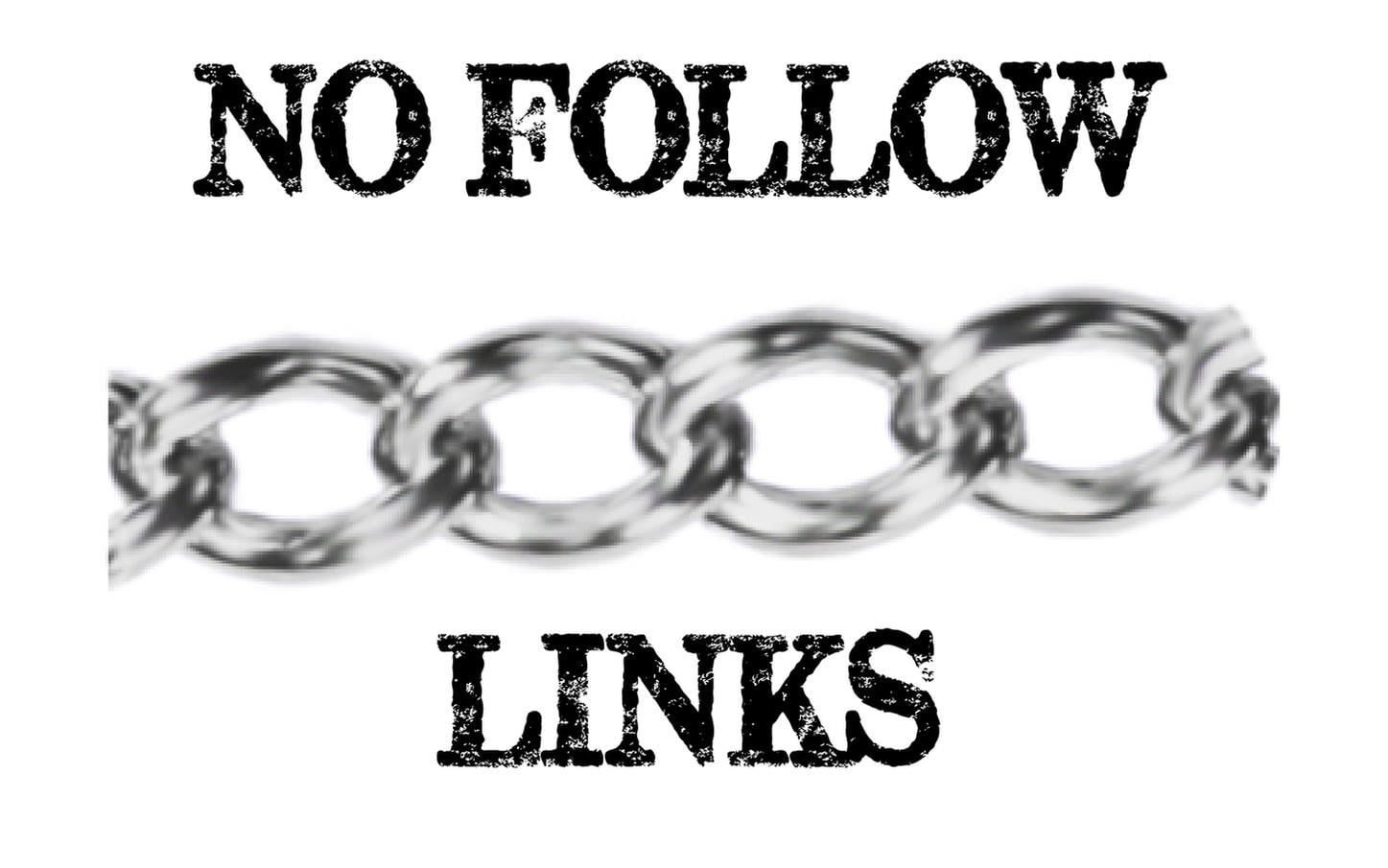
What is a Follow Link?
To really understand what is going on with follow vs. no follow links, we need to provide a bit of background about how most links work in the realm of SEO. When a site page gets an inbound link, which is a hyperlink pointing to that page, the page gets a small SEO boost. Think of a link as a point, and the more links you have, the more points. More Points = Winning, like Charlie Sheen.
Google takes note of these points, watching how many inbound links a page has and from what sites. Google figures, hey, if a lot of people are linking to a certain page, it must be a really good page! Let’s give preference in our search engines to that page over others of a similar topic so we can easily deliver the very best pages to our search engine users.
Google created a metric called PageRank to calculate the link points. Many SEO folks refer to link points as “link juice.” The link juice flows through sites and into new sites through hyperlinks. The more reputable the site, the bigger boost of link juice the linked-to site gets. Getting a link from the New York Times or BBC is pure gold!
Now we can define a follow link – Follow links are links that count as points, pushing SEO link juice and boosting the page rank of the linked-to sites, helping them go higher in the SERPs as a result.
What is a No Follow Link?
A no follow link is a link that does not count as a point in the page’s favor, does not boost PageRank, and doesn’t help a page’s placement in the SERPs. No follow links get no love. Theirs is a sad and lonely life.
A no follow link is created with the nofollow link HTML tag, which looks like this:
<a href=”http://www.website.com/” rel=”nofollow”>Link Text</a>
The nofollow tag is basically a notice sign for search engines saying “don’t count this.”
Isn’t that just mean and terrible? Why would anyone do such a thing? There’s a reason for the nofollow attribute, and boy is it a good one!
Want more traffic? Here are 25 Ways to Increase Traffic to Your Website.
A World Without No Follow = Spamalot
As we discussed earlier, the natural do follow form of links is used by Google to measure PageRank. More links means more link juice, which results in higher ranking website pages. In its unadulterated state, PageRank exists to see what pages are the most popular (and therefore, likely the best quality pages), and deliver those top pages to searchers.
Well, ours is an imperfect world, and, as you might have heard, some self-proclaimed SEO “experts” scheme to trick search engines and inflate their rankings using black-hat, unethical methods, and in the times before the nofollow attribute, link-building was an easy way to artificially boost page rankings.
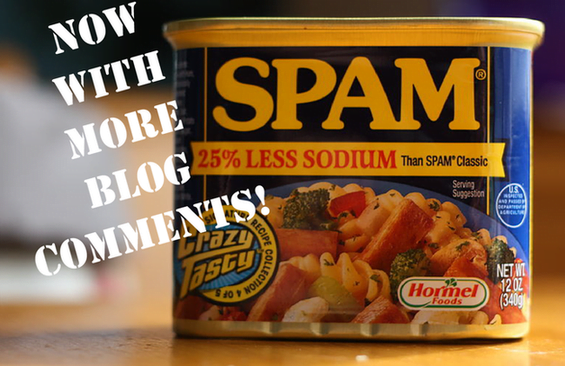
Once PageRank was discovered by SEO black-hats, all hell broke lose! Suddenly it was all about the links for SEO. More inbound links meant better PageRank, and SEOs were determined to get as many links possible, even if it meant spamming everyone on the web to get them. Blog comments were a joke, riddled with self-promotional nonsense and linking gibberish.


Wikipedia got messy too, as people tried to add their own sites as references on hundreds of Wikipedia pages all in the name of the coveted link juice.
The blogging community was worried – these spammers were destroying any chance at fostering real community and authentic discussion on blogs. In 2005, Google, the self-styled web police, stepped in. Google’s Matt Cutts and Jason Shellen of Blogger stepped in to introduce the nofollow attribute.
NoFollow: The Tag the Internet Needs, But Not the One it Deserves
The necessity of the nofollow tag highlights the crooked and spammy mentality commonly associated with SEO, but there’s no denying we couldn’t get by without it.
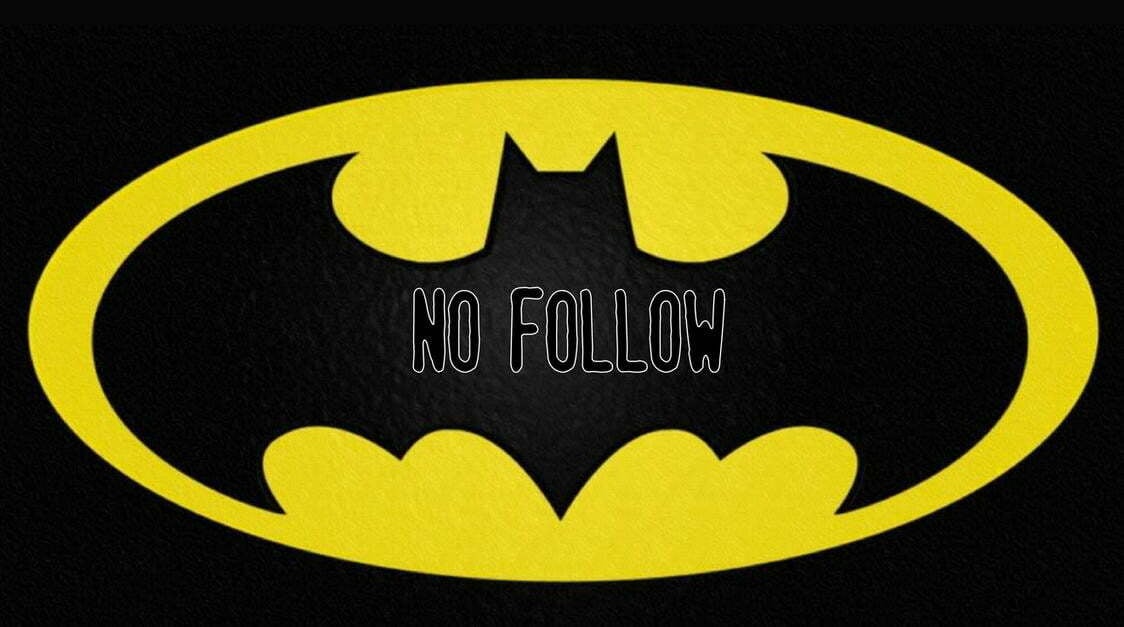
The no follow link tag has done a lot of good for the online world – most SEO spammers won’t bother posting irrelevant links to blogs or forum posts if they know they won’t get to publish a follow link. WordPress automatically assigns the no follow link attribute to all user-submitted links, and Wikipedia does the same for its reference section.
While blog comment spam still happens, no follow definitely dampened it.
As a webmaster, you might find yourself wondering when to use the no follow attribute and when to allow for do follow links. No follow links primarily belong in:
- Paid links (it wouldn’t be fair to buy link juice, now would it?)
- Comments
- Forums
- Anything involving what Google calls “untrusted content”
Some webmaster may disable the nofollow attribute as a reward for blog commenters who are contributing to the blogging community or online discussion, but that’s up to individual discretion.
So I Just Shouldn’t Bother With No Follow Links, Right?
Absolutely not! Just because they don’t provide SEO link value doesn’t mean no follow links are worthless. No follow links still provide valuable referral traffic.
A well-placed blog comment or a relevant forum post, no follow or not, can send a huge amount of traffic to your site, which then can funnel down to leads and conversions!
Besides, search engines today are looking at a lot of factors outside of link juice and PageRank. Social signals like those from Twitter and Facebook are increasingly valuable, despite being no follow. The key is to build your brand – don’t think of what links are good for SEO, but instead think what links are good for your business, your brand, and what links can help establish you as an industry authority. Remember that links, no follow or not, build trust.
It’s also still worth pursing Wikipedia links when appropriate. Wikipedia is very picky about their references, so you’ll have to provide very niche, unique content, but if you can get a link it can bring about some pretty cool results – including other do follow links.

Gianluca Fiorelli of IloveSEO notes that once, when doing competitive research about sites related to traveling to Patagonia, he found that the site that was ranking in first place on Google had a Wikipedia link. He says:
“I dug into that link and discovered that it was to a post about the Welsh immigration in Patagonia present in that site’s blog. Is that link sending traffic to the site? Probably not at all, but it was noticed by someone in the BBC website, who finally linked to that same post citing Wikipedia. Boom, now that travel site not only has one link from Wikipedia, but it has also an important backlink from another trusted seed: the BBC.”
Wikipedia links, despite being nofollow, can still drive traffic and might earn you some platinum do follow links down the line.
How to See if a Link is Follow or No Follow
How do you decipher between follow links vs. no follow links?
In Chrome, go to the navigation bar and click View>Developer>View Source. Alternatively you can just right-click on a page and hit Inspect Element. For Firefox, do Right-Click>View Page Source.
From there, do an Edit>Find and search for “nofollow” in the search box. All instances of the nofollow tag will be highlighted.
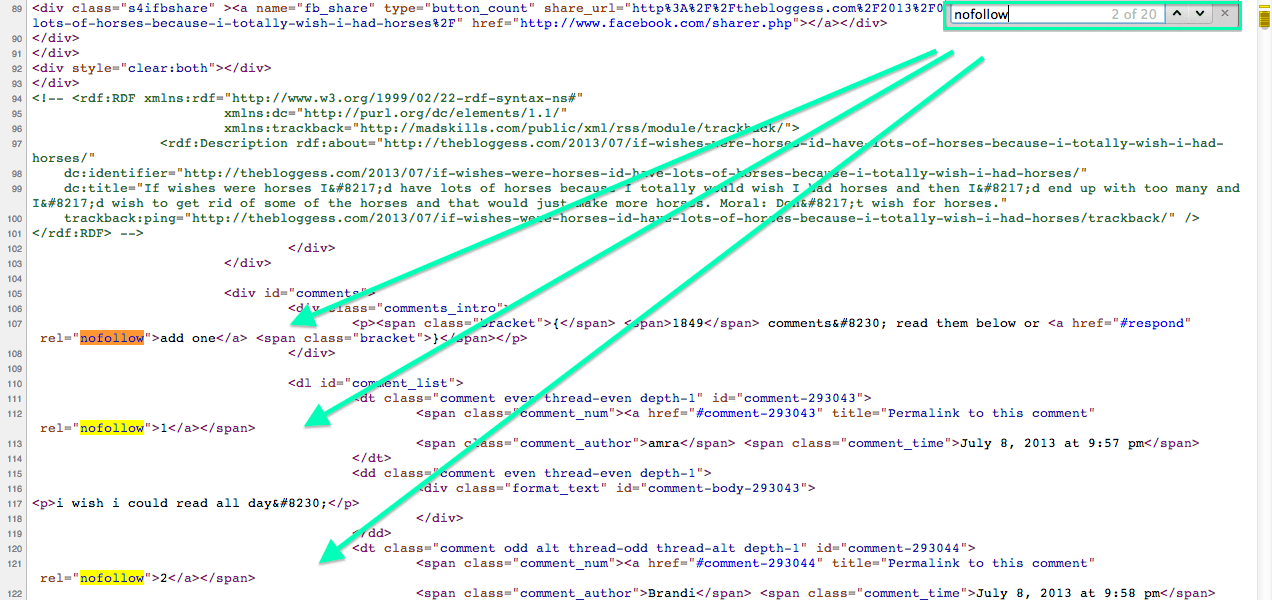
For the SEO pros who want to keep careful and easy track of no follow links, there are many extensions available to download for Chrome and Firefox that automatically highlight no follow or do follow links on the pages you visit.
A couple for Firefox are:
For Chrome:
How to Get Follow Links
We’ve talked about why links are important, regardless of their no follow/do follow status, but you probably still want a few follow links to even out that link profile.
The best ways to get do follow links is the honest way: creating awesome, original content that gets shared and linked to naturally. Other approaches include guest blogging, especially on a site relevant to your own so that you can build referral traffic in addition to getting an SEO boost.
Follow or No Follow: A Balanced Link Profile is Best
Remember, ultimately you want a healthy balance of do follow and no follow backlinks for the perfect link profile. Do follow links may do more for SEO, but both deserve a place in your online marketing strategy.







